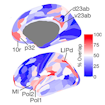
Stefano Panzeri and colleagues used neuroimaging-derived measures to assess the sex differential impact of excitation/inhibition imbalance in idiopathic ASD.
Highlights of SFARI-funded papers, selected by the SFARI science team.

Stefano Panzeri and colleagues used neuroimaging-derived measures to assess the sex differential impact of excitation/inhibition imbalance in idiopathic ASD.
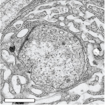
Graeme Davis and colleagues showed that ASD risk genes genetically interact with a class of common modifiers of presynaptic homeostatic plasticity at the Drosophila neuromuscular junction.
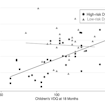
Charles Nelson, Helen Tager-Flusberg and colleagues assessed language development in infants at high risk and low risk of ASD. They reported parental mean length of utterance as a possible difference in the high-risk group.
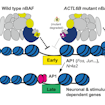
Gerald Crabtree, Joseph Gleeson and colleagues defined a new recessive form of ASD caused by mutations in ACTL6B, part of the BAF complex, which regulates activity-responsive transcription in resting neurons.
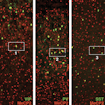
Jessica Cardin and colleagues identified an important and unexpected role for the VIP subclass of interneurons in mediating the functions of MeCP2 in the development of cortical circuits.

John Rubenstein and colleagues identified WNT signaling as a key mediator of Tbr1-dependent functions in deep-layer cortical neurons, and showed that normalizing WNT signaling rescues particular mutant phenotypes.
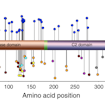
Kurt Haas and colleagues used multiple models and bioassays to assess the functional impact of more than 100 missense and nonsense mutations in PTEN, allowing for high-confidence predictions of pathogenicity.
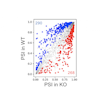
Kimberly Huber, Joel Richter and colleagues showed that FMRP deficiency in mice leads to changes in a key histone modification across the genome, with subsequent effects on alternative splicing of many ASD risk genes.